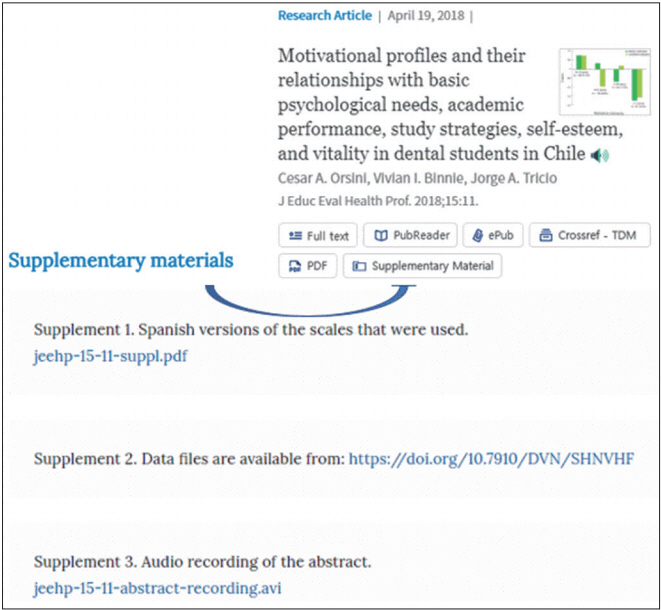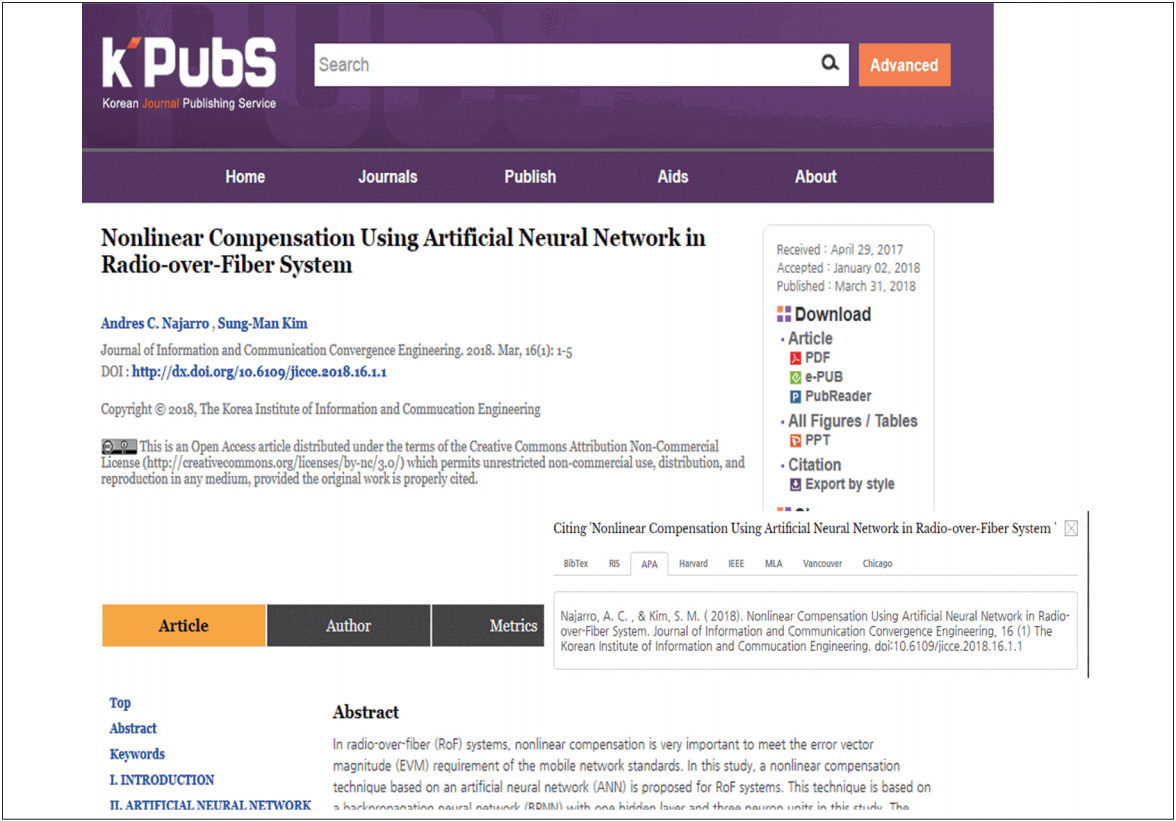Articles
- Page Path
- HOME > Sci Ed > Volume 5(2); 2018 > Article
-
Review
Latest trends in innovative global scholarly journal publication and distribution platforms -
Soon Kim1
 , Eunkyung Chung2
, Eunkyung Chung2 , Jae Yun Lee3
, Jae Yun Lee3
-
Science Editing 2018;5(2):100-112.
DOI: https://doi.org/10.6087/kcse.133
Published online: August 20, 2018
1Research Institute for Social Science, Ewha Womans University, Seoul, Korea
2Department of Library and Information Science, Ewha Womans University, Seoul, Korea
3Department of Library and Information Science, Myongji University, Seoul, Korea
- Correspondence to Jae Yun Lee memexlee@mju.ac.kr
• Received: May 7, 2018 • Accepted: June 28, 2018
Copyright © 2018 Korean Council of Science Editors
This is an open access article distributed under the terms of the Creative Commons Attribution Non-Commercial License (http://creativecommons.org/licenses/by-nc/4.0/), which permits unrestricted use, distribution, and reproduction in any medium, provided the original work is properly cited.
- Abstract
- Introduction
- Changes in the Distribution of Scholarly Journals
- The Latest Trends in Publishing and Distribution
- Global Innovative Scholarly Journal Distribution Systems
- Innovative Scholarly Journal Distribution Systems in Korea
- Developing an Open Online Publishing and Distribution Platform
- Conclusion
- Notes
- References
Abstract
- This review article presents the latest trends in innovative global scholarly journal publication and distribution platforms, with implications for local journals. Changes have taken place in distribution policies, as pre-publication distribution has become a viable option, and for post-publication distribution, public access or mandatory open access policies have been introduced for articles supported by public or governmental funds. New formats of articles include graphical abstracts, interactive PDFs, the application of semantic enhancements, and the utilization of research data, social networking sites, such as Mendeley and ResearchGate, have become common sites for information exchange. Altmetrics have been adopted to complement traditional journal metrics. PubMed Central, F1000Research, KoreaMed Synapse, and ScienceCentral have been introduced as innovative full-text scholarly journal distribution systems. To publish web-based scholarly journals, it is necessary to adopt an open platform and to explore options such as an author profile database, an online collaborative editing module, and Crossref text and data mining services. To maximize the influence of local journals, it is necessary to integrate various external tools, such as researcher ID, research data, social media, and altmetrics services.
- Due to excessive commercialization and price increases, the open access movement appeared in the 2000s. Open access scholarly journals enable users from throughout the world to access information freely, as these journals can be freely accessed online without any legal, economical, or technical barriers [1]. Scientific publishing has also changed since the development of the open access movement. As most Korean scholarly journals publish their articles online, along with a print version, considerable budgetary resources are required not only for printing and shipping costs, but also to maintain the editorial quality of the peer review system and journal management platforms. Existing subscription-based pricing models generate profits by selling scholarly journals to libraries. However, to maintain the quality of journals, online journal publication systems have become increasingly diversified; of particular note is the emergence of the ‘gold’ open access journal system, which is burdensome to authors due to article processing charges [2].
- Despite the wide range of changes in journal publishing and distribution, funding agencies, universities and researchers are only interested in international journals listed in the SCIE and Scopus, so that many local academic journals are ignored. The number of SCIE papers published by Korean researchers in 2016 was 59,628, which is the 12th highest in the world. In 2018, there were 105 SCIE journals in Korea, which is significantly less than the corresponding figure of 3,706 in the USA. The reason why many Korean researchers are actively seeking to publish only in international SCIE-indexed journals is that many Korean universities and government funding agencies underestimate local journals [3].
- To increase the global awareness of local scholarly journals, journal internationalization is essential. In particular, there is a demand for the rapid distribution of research outcomes, which can be conducted domestically or through increased international collaboration. Therefore, in this review, we introduce some excellent and innovative journal publishing platforms that can contribute to the internationalization of Korean academic journals and present directions of development for domestic scholarly journals.
Introduction
- Pre-publication distribution
- Early-view services provide full-text articles online before the edited print manuscripts are published. As soon as the author approves the final revisions, the manuscript is posted online, and the digital object identifier (DOI) information is provided with the online publication date for other articles to quote and cite. Early-view papers can be integrated into journal databases for combined searching and browsing, and all figures and tables can be cited. E-mail notifications are also available and can be obtained through the journal’s homepage.
- A typical example of a preprint archive is arXiv (https://arxiv.org/), which is a website that collects preprint papers in mathematics, physics, astronomy, computational science, quantitative biology, and statistics. In 1991, it started as a venue to store pre-review papers in the field of physics. The site is a nonprofit organization operated by Cornell University and is considered a prime example of open access, and researchers regularly use this site for pre-review before submitting a paper to peer-reviewed journals.
- SHERPA/RoMEO (http://www.sherpa.ac.uk) is a UK/JISC (formerly the Joint Information Systems Committee) project to provide an open archive and licensing information. Many publishers present self-archiving terms for preprint and postprint on this website. For example, the conditions set by Springer Nature for Sherpa/Romeo are that preprint archiving is allowed, but posting the publisher version or PDF is forbidden.
- Distribution after publication
- Recently, international research outcomes supported by public funds have been required to be released within 6 months to 12 months after the publication of academic papers. Based on these trends, subject-oriented open access institutional repositories that can preserve these academic papers have become more common [2].
- The most representative example is the National Institutes for Health (NIH). NIH-funded researchers must deposit their final manuscript in PubMed Central (PMC) within 12 months of publication. At this time, the author may directly register with PMC, or the publisher that published the paper may register on behalf of the author. The authors should then consult with the publisher before transferring the copyright to meet all the conditions of the NIH policy, and should not enter into contracts with the publisher in violation of NIH policies [4,5].
- The Research Councils UK prefers an open, unrestricted, gold-based, open access approach, but at the discretion of the researchers, the authors can contribute directly to an open access journal or donate the article to institutional repositories. If researchers submit a manuscript to a journal that requires an article processing charge for open access, Research Councils UK subsidizes the cost of publishing [6].
- Germany has recommended that all research results supported by the German Research Foundation should be made available as open access starting in 2006. Since 2016, the Federal Ministry of Education and Research has been obliged to release all government-supported research results with open access as soon as they are published [7]. In Europe, open access will be required for research results (scholarly papers, monographs, reports, etc.) written using public funds from all EU countries starting in 2020 [8].
- Since 2017, the Japan Society for the Promotion of Science has implemented an open access policy for all research grant projects. The results are to be published in peer-reviewed academic journals, and anyone is able to freely access and obtain papers from the internet without restrictions of time and place. An embargo can be placed on papers for a certain period [9].
Changes in the Distribution of Scholarly Journals
- New formats of journal articles
- Many commercial publishers are working to provide new article formats on journals’ homepages, including Elsevier’s “Article of the Future” project (http://www.articleofthefuture.com/). According to Elsevier’s research on user behavior, users still preferred the PDF format, which best presents the basic structure and findings of the article. Elsevier has kept the layout of the PDF format according to users’ preferences, but with enhanced functionalities, including annotation and easy linkage to figures and charts. The interface is automatically adjusted to the screen size of various mobile devices using HTML5.
- Furthermore, figures can be exported automatically with bibliographic information to PowerPoint, and graph data can be exported to Excel. As shown in Fig. 1, abstracts can be expressed as an image so that the highlights of the article can be easily understood at a glance [10].
- The Journal of the American Medical Association (JAMA), published by the American Medical Association, provides podcasts of JAMA editors’ summary, author interviews, and the popular JAMA Clinical Reviews series. The New England Journal of Medicine also provides a video summary or animation.
- Springer Nature now produces the top-rated ‘Nature Podcast’ to showcase the best publications from its various medical journals. Podcasts are an excellent opportunity to promote discussion among researchers, resulting in greater involvement of the international scientific community [11].
- Semantic enhancement in publishing
- Applying various semantic publishing techniques can provide richer visualizations of data than is possible for papers presented in PDF format, as shown in Fig. 2 [12,13]. Furthermore, the Smarter Content feature helps users find relevant articles, even if the keywords they search for do not yield results in academic papers. In addition to research data, it is possible to link to other information; doing so helps readers to improve their understanding of the papers and increases the usage rate.
- Utilization of research data
- Recently, as a part of the Open Science movement, a platform for efficiently managing research data in order to support open research activities is gaining attention. Scientifically rigorous attempts to verify research data or conduct peer review after publication are being made to increase reproducibility.
- In addition to the efforts made by public research funders to strengthen the open access policy, publishers are also encouraged to link their research data to academic papers as complementary data or to publish data journals. Many stakeholders (publishers, governments, and funding agencies) are exploring various solutions for dataset management. Clarivate Analytics (formerly Thomson Reuter) has developed the Data Citation Index to enhance the accessibility of research data. Several publishers, including Elsevier and the Nature Publishing Group, have visualized supplementary research data submitted in conjunction with academic papers [14]. This new technology is now starting to be applied to Korean academic journals as well, as shown in Fig. 3 [15].
- Utilization of academic social networking sites
- Researchers’ use of social media has not had a significant impact on the academic community. Researchers have been cautious about using scholarly communication tools that have not undergone peer review because of their low quality and reliability. Nonetheless, membership in academic social networks (e.g., Academia, Mendeley, ResearchGate) has been rapidly increasing as a way to promote visibility. These sites are becoming important channels for discovering and sharing new content and for discovering potential collaborators. They are also used as tools for online discussion and as reference management tools [16].
- ResearchGate (http://www.researchgate.net) is a representative social networking site (SNS) for scientists launched in 2007. It encourages researchers to communicate by recommending related researchers. As of 2018, more than 14 million researchers have enrolled, and more than 100 million papers have been shared. Real-time ResearchGate scores are provided to see how much of this information is being used. ResearchGate also provides a variety of discussion boards, allowing users to follow favorite researchers or to share ideas with other experts.
- Academia.edu (https://www.academia.edu) is an academic SNS for researchers, launched in 2008 by a venture entrepreneur named Richard Price. This platform can monitor the impact of articles and follow researchers in subject areas of interest. More than 61 million users have registered as of 2018, and 31 million users visit each month. More than 20 million papers are posted on this site. It supports open science, and therefore provides datasets and code information used in papers in cooperation with GitHub. A study of research distributed through academia.edu showed that articles published on that site were cited 64% more than other papers on similar topics [17].
- Mendeley (https://www.mendeley.com) was developed by 3 doctoral students in the UK in 2007 and was acquired by Elsevier in 2013. It is a cloud-based paper and dataset management program that works on desktop, web, and mobile platforms. Researchers in the same group can collaboratively store and view articles and share highlights and annotations. It also provides a reference management tool that can automatically generate references for a target journal. Mendeley usage is being tracked as a main parameter in various altmetrics tools.
- Changes in research evaluation metrics
- Altmetrics is an abbreviation for alternative metrics, and refers to ways to more extensively measure the impact of research through various Web 2.0 tools or SNS. Altmetrics are used as a complement to citation-based bibliometrics [14]. Altmetrics can tell how often articles are mentioned or used in public websites such as Faculty of 1,000, Wikipedia, research blogs, Twitter, and Mendeley. When these altmetrics capabilities are applied on journal websites, it is easy to see at a glance the status of online usage in social media, the usage of individual articles, and citation information.
- A representative altmetrics tool is Altmetric (https://www.altmetric.com/). This is an open-source website that makes it easier to share academic research achievements online. It reflects an attempt to build an online performance-based compensation system by helping researchers to share the stories of their research that is published in data-driven articles. It is a nonprofit corporation supported by the National Science Foundation and the Alfred P. Sloan Foundation. It offers free services including Unpaywall and oaDOI. It has collected various research achievements of researchers and provided altmetrics information for individual articles by collaborating with organizations such as Scopus, Springer, Wiley, and Nature Publishing Group.
- Plum Analytics (https://plumanalytics.com/) was founded in early 2012 and was incorporated into EBSCO Information Services in 2014, but was acquired by Elsevier in 2016. As a pioneer of altmetrics, it collects dozens of items on academic materials, media channels, and social media, as well as existing citation-based data, and measures academic influences in a wide range of contexts. It provides information on usage, captures (favorites/bookmarks), mentions (reviews), social media engagement, and citations.
- A representative example of how altmetrics information can be applied is furnished by Public Library of Science (PLoS), a non-profit open access academic publisher. PLoS visualizes altmetrics information for individual articles, as shown in Fig. 4. It shows real-time usage statistics, such as the number of saves, citations, views, and shares.
- Some Korean journal publishing vendors including M2community (http://www.m2community.co.kr/) are now providing a similar usage service utilizing altmetrics, as shown in Fig. 5.
The Latest Trends in Publishing and Distribution
- PMC
- PMC (https://www.ncbi.nlm.nih.gov/pmc/) is a free biological full-text database developed by the National Medical Library. As shown in Fig. 6, 2,110 English-language academic journals and 4.8 million academic papers were uploaded to PMC in 2018.
- It manages core journals in biomedical and clinical research and aims to preserve them for the long term. In addition, NIH-funded research results are provided free of charge by the public access policy. PMC provides criteria for journal selection through the PMC guidelines. Although many scholarly journals and NIH-funded research results satisfy these selection criteria, PMC maintains its quality by only archiving articles that are published in peer-reviewed journals.
- F1000Research
- F1000Research (https://f1000research.com/) is an open-science oriented academic publishing platform for papers, posters, and slides in the life sciences and medicine. The authors pay an average of $150 to $1,000 per publication. Publication time is an average of 7 days. The peer reviewer’s evaluation is released through the platform transparently, and evaluations by the readers are also posted on the website. F1000Research has great significance in that it shares not only the research articles, but also research data without filtering, which can be easily omitted from the existing publishing process.
- This platform not only uses a transparent peer review channel, but also allows the free analysis of research data at any time and allows data to be copied. This helps to improve the reproducibility and reliability of studies. Accepted articles are indexed in the main literature database and are deposited with PMC and the European PMC. This platform will help to ensure that research results are released promptly and not stagnate in the time-consuming review process of academic journals. The transparent buddy review process as shown in Fig. 7 is not used for editorial decision-making (i.e., acceptance or rejection), but serves as a way for authors to receive constructive feedback focused on improving their research.
- Frontiers
- As an innovative open access publisher rooted in the research community, Frontiers (https://www.frontiersin.org/) published 59 open access journals in 2018. In psychology, neuroscience, and plant science, some of these journals were ranked among the most frequently cited journals, and their average 2016 Journal Citation Ranking impact factor was 6.4. Frontiers has published over 65,000 academic papers, with 71,000 active editors. It has actively applied the latest publishing technologies, such as researcher community networks and social media, and therefore received the Association of Learned and Professional Society Publishers Gold Award for innovation in 2014. To make peer review more efficient and transparent, it integrates with Loop, which is a research network and social platform that provides real-time information about an article’s influence. As Fig. 8 shows, it promotes collaborative research and open publication and is striving to enhance the influence of authors.
Global Innovative Scholarly Journal Distribution Systems
- KoreaMed Synapse
- Since 2007, Korean Association of Medical Journal Editors has provided a digital archive platform known as KoreaMed Synapse (https://synapse.koreamed.org) for the internationalization of domestic journals. As of June 2018, 120 Korean medical journals are available on this platform. As Fig. 9 shows, KoreaMed Synapse uses the DOI, Crossref, and Journal Article Tag Suite (JATS) XML, making it well-suited to international publishing standards and allowing automatic transfer to PMC.
- ScienceCentral
- ScienceCentral (https://www.e-sciencecentral.org/) is a specialized database of open access journals developed by the Korea Federation of Science and Technology Societies. As Korean medical journals are indexed in PMC, their impact factor is rising rapidly due to increased international exposure. Therefore, the Korea Federation of Science and Technology Societies developed a platform to utilize PMC as a model to increase the global visibility of Korean non-profit scientific journals.
- Based on JATS XML, journals can be converted to PubReader or EPUB format, enabling them to be viewed in e-book form in a web environment. References can be hyperlinked, and the platform provides cited-by and related articles functionality. As Fig. 10 shows, as part of an intuitive user interface, it also contains information on ORCID, Funder Registry, Crossmark, and downloading figures or citation information.
- Korea Science
- Since 2008, the Korea Institute of Science and Technology Information has been working with Crossref, an international not-for-profit organization, to provide DOIs to domestic journals. Through its online journal platform, KoreaScience (http://www.koreascience.or.kr), it has improved the visibility of domestic journals and improved the use of citations. As of June 12, 2018, 469 journals are available (Fig. 11).
- KPubS
- KPubS (Korean Journal Publishing Service, http://kpubs.org) is a scholarly open access journal publishing platform developed by the Korea Institute of Science and Technology Information. The purpose of this system is to support the entire journal publication process, including manuscript management, archiving, web service, and international circulation. As of June 2018, 115 academic journals are available. All figures and tables can be downloaded as PowerPoint files, and various reference styles are automatically provided, as shown in Fig. 12.
Innovative Scholarly Journal Distribution Systems in Korea
- Research funding agencies play an increasingly important role in scholarly communication. Measuring the impact of funded research outcomes and publicizing them more widely are steps that strengthen open access policies [2]. Research performance evaluation is now being conducted in real time, not only by counting the number of citations of papers, but also by assessing how widely they are discussed in the research community through altmetrics. Thus, many researchers register with SNS (e.g., Academia.edu, Mendeley, or ResearchGate) to increase the visibility of their academic papers and to increase their influence [15]. Several ways to enhance the international visibility of research using the latest publishing technologies are presented below.
- Utilization of a global author profile database
- The most widely-used manuscript submission system allows users to log in through ORCID (https://orcid.org). This reduces the time and effort that authors must spend entering their information, and a reviewer can easily check an author’s research performance. Editors can also make use of this functionality for inviting appropriate peer reviewers [18].
- Applying various peer review modules
- A transparent peer review system, as exemplified by F1000, encourages constructive feedback by focusing on improving authors’ research output rather than on making editorial decisions. Altmetrics can also measure the impact of an article in real time after publication, which is a potential alternative to post-publication review.
- Utilization of citation and usage statistics from various angles
- It is necessary to actively utilize free tools to visualize research outcomes and citation information from various angles. Usage statistics on the journal’s homepage can be easily obtained using Google Analytics. Usage statistics, such as browsing and downloads, can be developed based on the standardized usage statistics calculation method known as COUNTER (https://www.projectcounter.org). It is a practical tool that allows publishers to generate consistent and reliable usage data. It helps libraries to compare usage data from various vendors and to understand the value of the electronic resources they subscribe to.
- Providing an online collaborative editing module
- Publishers have provided general services, such as peer review and manuscript proofreading services. Some large publishers are looking to provide further author services through Overleaf (https://www.overleaf.com), which allows researchers to collaborate online. Utilizing a variety of open-source software resources, Overleaf provides more than 2,400 journal manuscript formats and a variety of tools to create collaborative articles among co-authors easily.
- Utilization of Crossref text and data mining
- Text and data mining was a pilot service of Crossref launched on May 28, 2014. It automatically analyzes and extracts information from documents registered in the metadata of over 4,000 publishers subscribed to Crossref and links to the original text directly. Leveraging the Crossref Metadata API functionality, it can be used in any journal regardless of its business model.
Developing an Open Online Publishing and Distribution Platform
- Despite the striking changes that have taken place in scholarly communications in the online publishing environment, the local academic journal publishing and distribution system has not adequately prepared itself to respond to these new trends [19]. Based on an analysis of exemplary academic journal publication and dissemination systems from throughout the world, it is necessary to modularize the core characteristics first and to collaborate flexibly with third-party partners. Overall, scholarly publishing is divided into the 3 elements of peer review, publishing, and dissemination. Each module can be implemented independently from the others. If necessary, a module could be implemented in cooperation with an external platform, or be replaced.
- To publish academic journals online, it is necessary to collaborate not only with the traditional printing system but also to integrate research data and to interact with the research community. To maximize the influence of domestic journals, they should use an open research platform capable of integration with various external tools, such as each researcher’s unique ID (ORCID), academic SNS, Crossref, and altmetrics services. In order to develop these open platforms for sharing research, long-term policy strategies and sufficient budgetary resources must be prepared systematically, and publishing experts must be trained.
Conclusion
-
Acknowledgements
- This work was supported by a research grant from the National Research Foundation of Korea (2017-24 Office of Knowledge and Information Services).
Fig. 1.Example of graphical abstract. Reproduced from Jung YG et al. J Korean Med Sci 2018;33:e224, according to the Creatire Commons license.
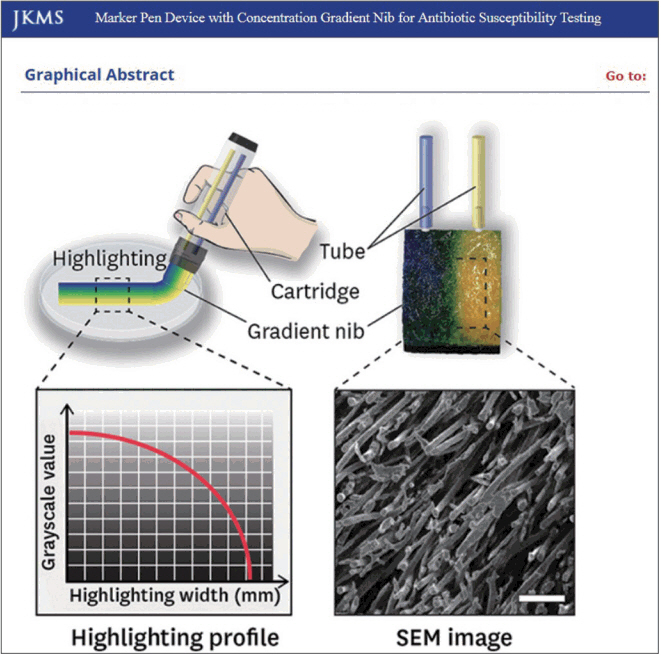

Fig. 2.The ecosystem of published articles, documents, spreadsheets, data fusion, and machine-readable RDF data files resulting the application of semantic enhancement to a PLoS Negl Trop Dis article by Reis et al. [12]. Reproduced from Shotton D et al. PLoS Comput Biol 2009;5:e1000361, according to the Creative Commons license [13].
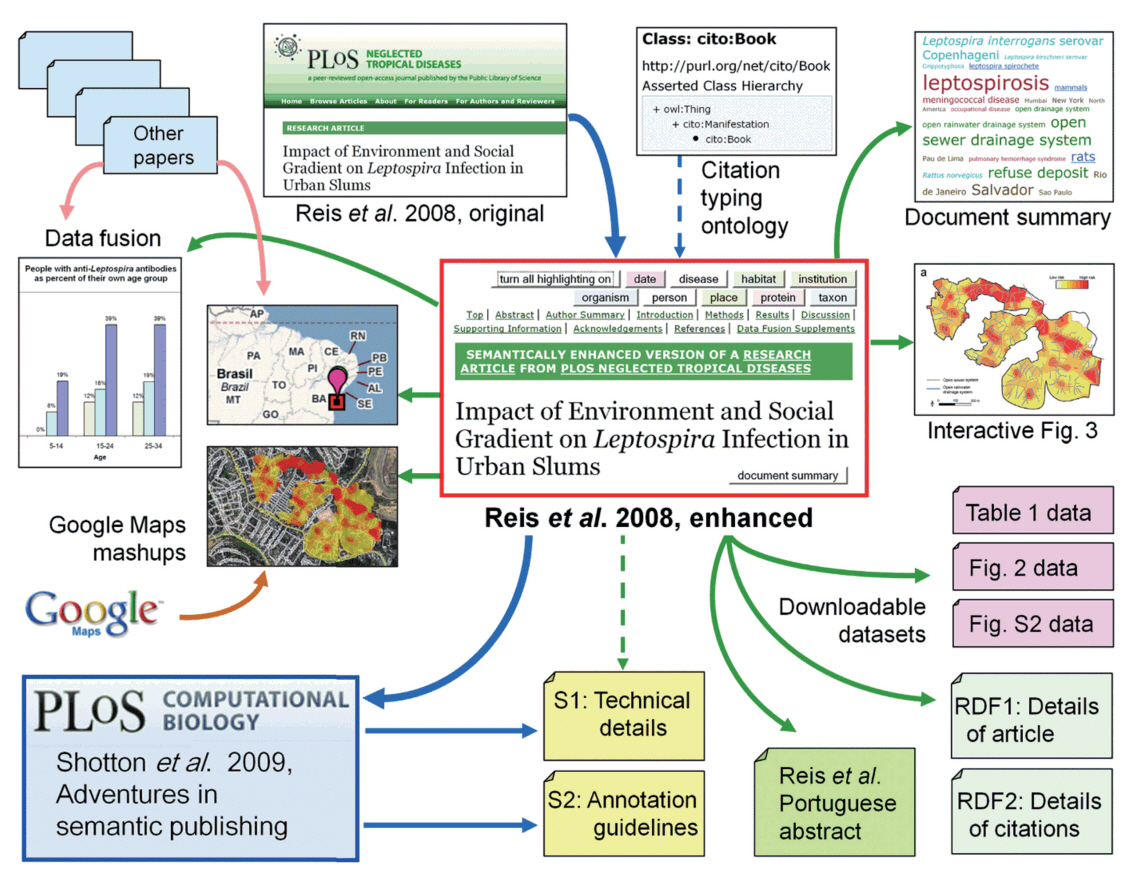

Fig. 3.
Journal of Educational Evaluation for Health Professions (https://jeehp.org) utilization of supplementary material.


Fig. 4.PLoS usage statistics using altmetrics (http://journals.plos.org/plosgenetics/article?id=10.1371/journal.pgen.1003546).
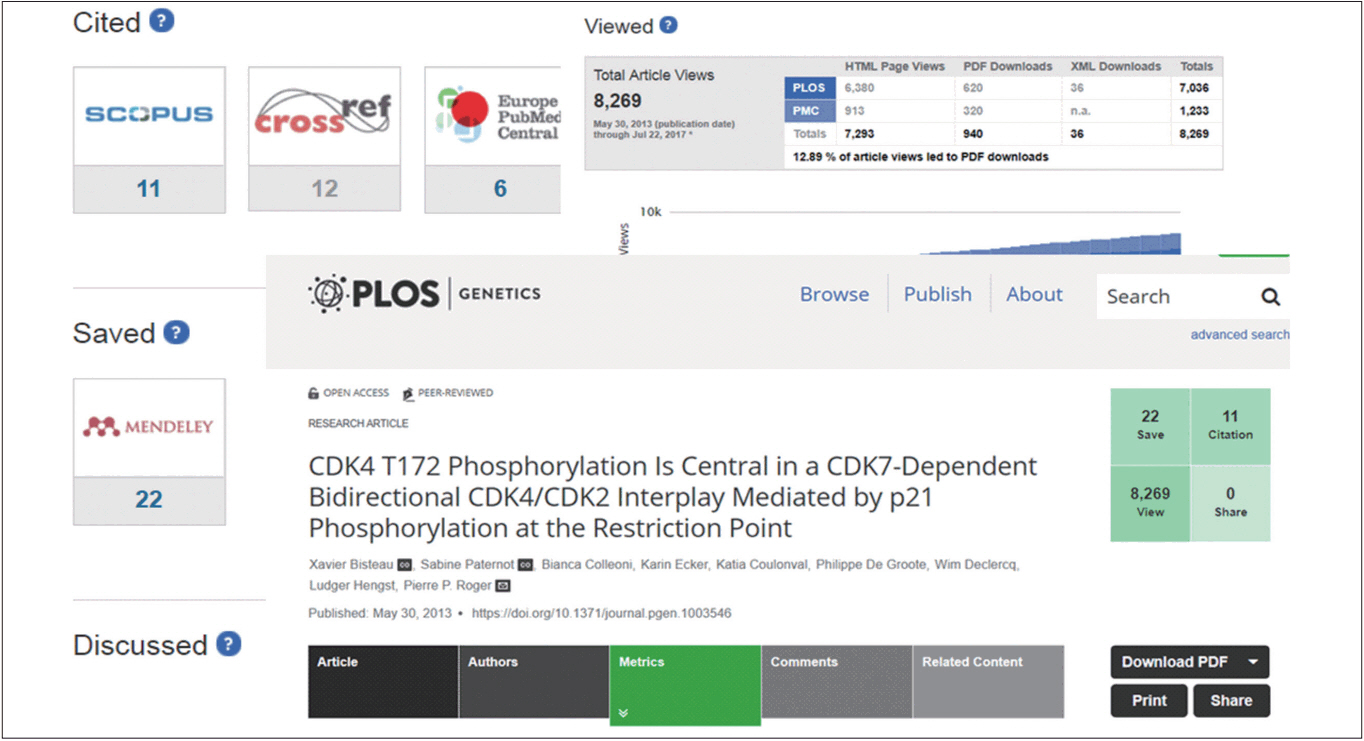

Fig. 5.Example of usage statistics presented by a Korean journal using altmetrics (https://www.jbd.or.kr/journal/view.php?doi=10.14449/jbd.2017.5.2.51).


Fig. 6.PubMed Central (PMC) is a free full-text archive of biomedical and life sciences journal literature at the US National Institutes of Health’s National Library of Medline (https://www.ncbi.nlm.nih.gov/pmc/).
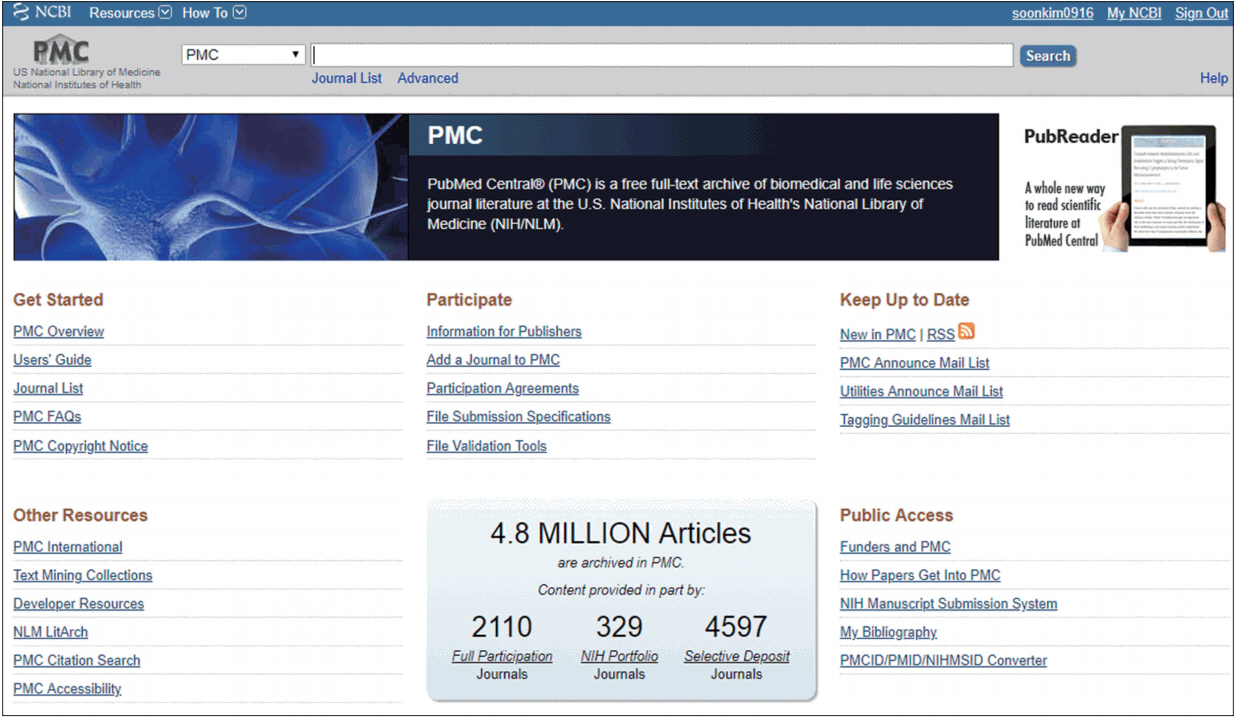

Fig. 7.F1000Research: an open research publishing platform for life scientists, offering immediate publication of articles and other research output without editorial bias (https://f1000research.com/articles/6-1722/v1).
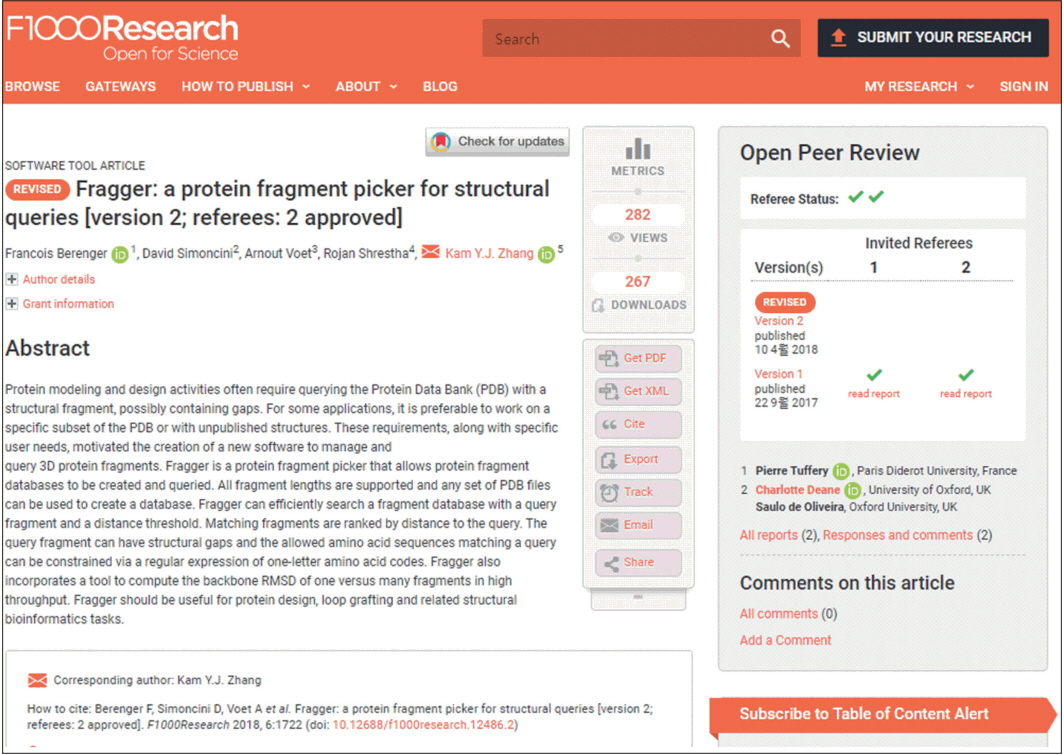

Fig. 8.Frontiers: a community-rooted, open access academic publisher (https://www.frontiersin.org/journals/aging-neuroscience).


Fig. 9.KoreaMed Synapse: a digital archive and reference linking platform of Korean medical journals (https://synapse.koreamed.org/DOIx.php?id=10.4168/aair.2018.10.1.1).
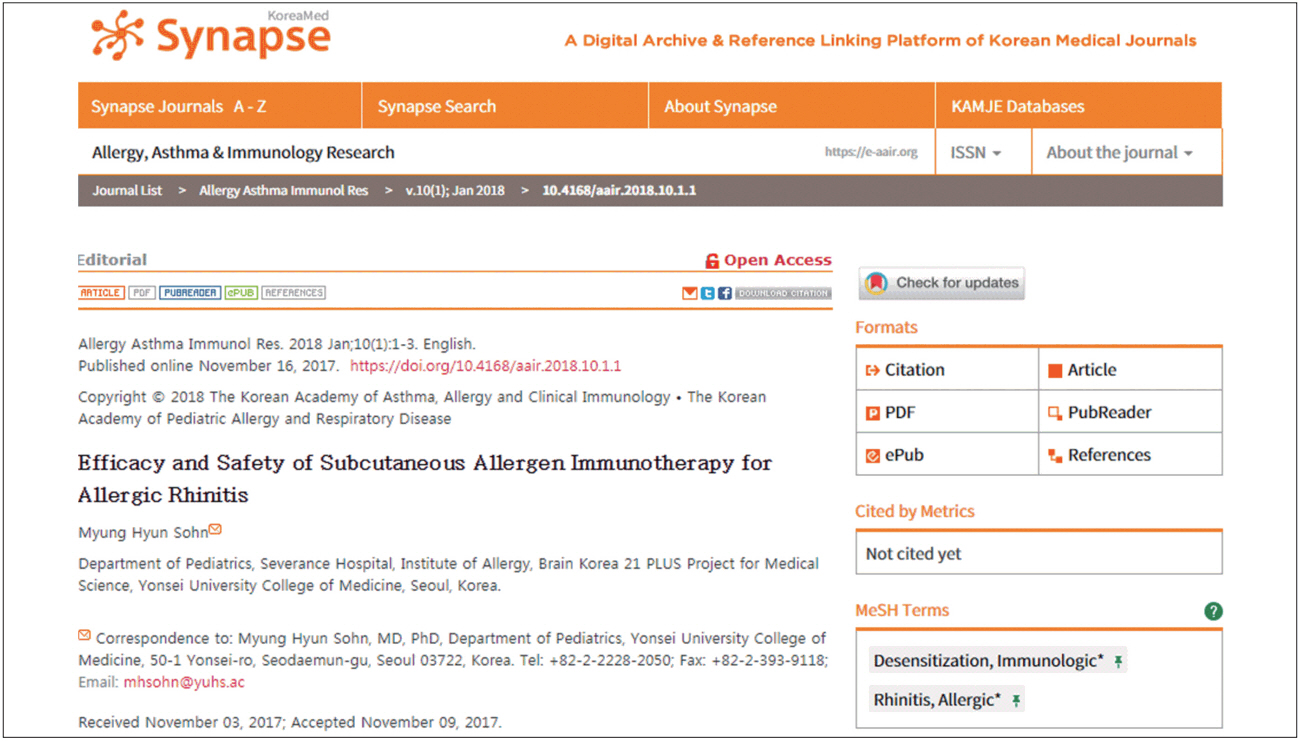

Fig. 10.ScienceCentral: a platform providing a free or open access full-text database of journals of scientific societies developed by the Korean Federation of Science and Technology Societies (https://e-sciencecentral.org/advanced/Browse.php).
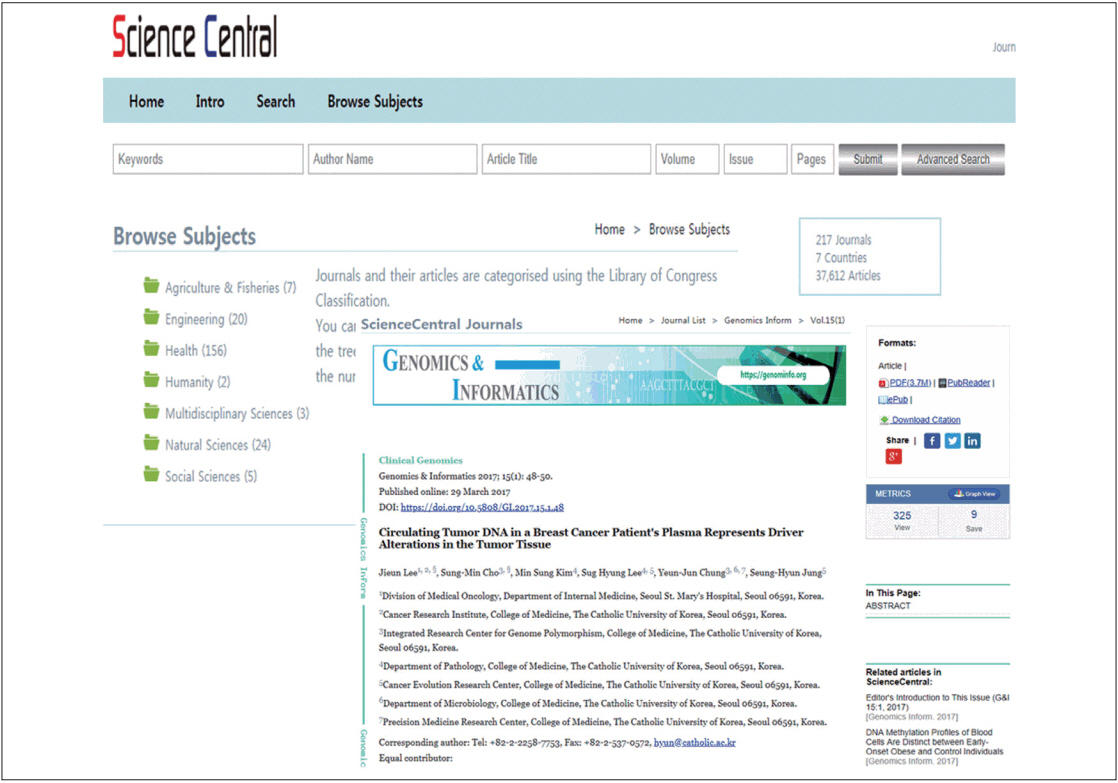

Fig. 11.KoreaScience: a reference linking platform of Korean journals in science and technology (https://koreascience.or.kr).
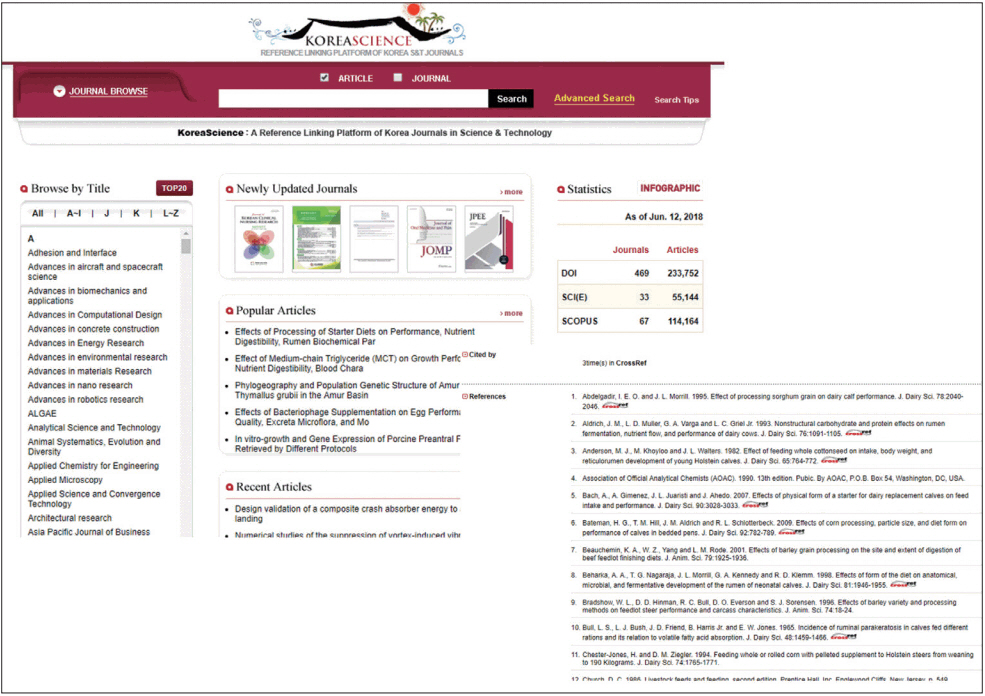

Fig. 12.The Korean Journal Publishing Service (KPubS): a scholarly open access journal publishing platform operated by the Korea Institute of Science and Technology Information (https://kpubs.org).


- 1. Budapest Open Access Initiative. Read the Budapest Open Access Initiative [Internet]. Budapest Open Access Initiative; 2002 [cited 2018 Jan 16]. Available from: http://www.budapestopenaccessinitiative.org/read.
- 2. Min YK, Cha MK. A study on the open access policy of scholarly journals publishing research papers funded by Korean government. J Korean Soc Inf Manag 2017;34:155-76.https://doi.org/10.3743/KOSIM.2017.34.1.155. ArticlePDF
- 3. Seo TS. Open access full-text databases in Asian countries. Sci Ed 2018;5:26-31.https://doi.org/10.6087/kcse.114. ArticlePDF
- 4. Stebbins M. Expanding public access to the results of federally funded research [Internet]. Washington, DC: The White House; 2013 [cited 2018 Jun 10]. Available from: https://obamawhitehouse.archives.gov/blog/2013/02/22/.
- 5. National Institutes of Health. NIH public access policy details [Internet]. Bethesda, MD: National Institutes of Health; 2009 [cited 2018 Jun 10]. Available from: https://publicaccess.nih.gov/policy.htm.
- 6. Department for Business, Energy & Industrial Strategy. Government to open up publicly funded research [Internet]. London, UK Government: 2012 [cited 2018 Jun 10]. Available from: https://www.gov.uk/government/news/government-to-open-up-publicly-funded-research.
- 7. German Research Foundation. Optimizing open access guidelines of Deutsche Forschungsgemeinschaft [Internet]. Bonn: German Research Foundation; 2016 [cited 2018 Jun 10]. Available from: http://openaccess.eprints.org/index.php?/archives/70-Optimizing-Open-Access-Guidelines-of-Deutsche-Forschungsgemeinschaft.html.
- 8. European Commission. Guidelines to the rules on open access to scientific publications and open access to research data in Horizon 2020 [Internet]. Directorate-General for Research & Innovation; 2017 [cited 2018 Jun 10]. Available from: http://ec.europa.eu/research/participants/data/ref/h2020/grants_manual/hi/oa_pilot/h2020-hi-oa-pilotguide_en.pdf.
- 9. Japan Society for the Promotion of Science. The project of the Japan Society for the Promotion of Science implementation policy concerning open access of articles [Internet]. Tokyo: Japan Society for the Promotion of Science; 2017 [cited 2018 Jun 10]. Available from: https://www.jsps.go.jp/data/Open_access.pdf.
- 10. Yoon JW, Chung EK. An investigation on graphical abstracts use in scholarly articles. Int J Inf Manag 2017;37:1371-9.https://doi.org/1016/j.ijinfomgt.2016.09.005. Article
- 11. Schmidt HE. Scientific, technical, and medical podcasting in Korea. Sci Ed 2016;3:43-8.https://doi.org/10.6087/kcse.62. ArticlePDF
- 12. Reis RB, Ribeiro GS, Felzemburgh RD, et al. Impact of environment and social gradient on Leptospira infection in urban slums. PLoS Negl Trop Dis 2008;2:e228. http://dx.doi.org/10.1371/journal.pntd.0000228. ArticlePubMedPMC
- 13. Shotton D, Portwin K, Klyne G, Miles A. Adventures in semantic publishing: exemplar semantic enhancements of a research article. PLoS Comput Biol 2009;5:e1000361. https://doi.org/10.1371/journal.pcbi.1000361. ArticlePubMedPMC
- 14. Kim S, Lee B, Kim H, Kim H. Science and technology research support service trends for open science era. J Korean Soc Inf Manag 2017;34:229-49.https://doi.org/10.3743/KOSIM.2017.34.3.229. Article
- 15. Huh S. Establishment of an open data policy for the Journal of Educational Evaluation for Health Professions, appreciation for invited reviewers, and acknowledgment of volunteers who made audio recordings. J Educ Eval Health Prof 2017;14:37. https://doi.org/10.3352/jeehp.2017.14.37. ArticlePubMedPMCPDF
- 16. Ware M, Mabe M. The STM report: an overview of scientific and scholarly journal publishing. 4th ed. Oxford: International Association of Scientific, Technical and Medical Publishers; 2015.
- 17. Niyazov Y, Vogel C, Price R, et al. Open access meets discoverability: citations to articles posted to Academia.edu. PLoS One 2016;11:e0148257. https://doi.org/10.1371/journal.pone.0148257. ArticlePubMedPMC
- 18. Huh S. How to promote the Korean Journal of Child Studies to an international journal. Korean J Child Stud 2016;37:7-16.https://doi.org/10.5723/kjcs.2016.37.1.7. ArticlePDF
- 19. Park M, Seo TS. Creating a national open access journal system: the Korean journal publishing service. Journal of Scholarly Publishing 2016;48:53-67.https://doi.org/10.3138/jsp.48.1.53. Article
References
Figure & Data
References
Citations
Citations to this article as recorded by 

- Korean researchers’ motivations for publishing in data journals and the usefulness of their data: a qualitative study
Jungyeoun Lee, Jihyun Kim
Science Editing.2021; 8(2): 145. CrossRef - Is it possible to foster first-rate publishers through a journal publishing cooperative in Korea?
Sun Huh
Archives of Plastic Surgery.2019; 46(01): 3. CrossRef

 KCSE
KCSE
 PubReader
PubReader ePub Link
ePub Link Cite
Cite

